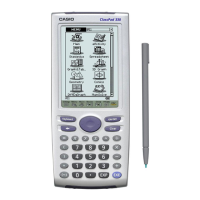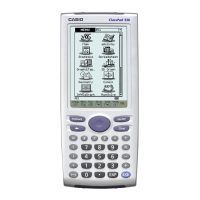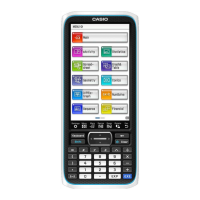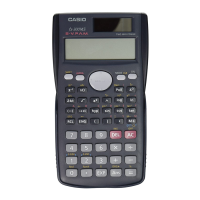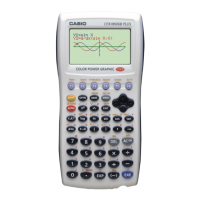PegRadioButton
Class Name Derived From Styles Signals
PegRadioButton PegButton/
PegTextThing
BF_REPEAT
BF_DOWNACTION
BF_SELECTED
AF_ENABLED
PSF_SIZED
PSF_FOCUS_RECEIVED
PSF_FOCUS_LOST
PSF_KEY_RECEIVED
PSF_DOT_ON
PSF_DOT_OFF
PegRadioButton provides a mutually exclusive selection indicator. When a
PegRadioButton is selected by the user, it finds all sibling radio buttons and de-selects
them. Therefore, in order to allow more than one radio-button to be selected on a single
window or dialog you must group the buttons into separate containers or parents. Placing
a radio button in a transparent PegThing is one way to accomplish this.
For example, look at the following code:
PegRadioButton *b1 = new PegRadioButton(2, 2, "Choice 1");
AddR(b1);
PegRadioButton *b2 = new PegRadioButton(2, 15, "Choice 2");
AddR(b2);
PegRect r;
r = mClient;
PegThing *container = new PegThing(r);
PegRadioButton *b3 = new PegRadioButton(2, 32, "Choice 3");
container->Add(b3);
AddR(container);
b1 and b2 will be mutually exclusive because they are both children of this class. b3, on
the other hand, has been placed in a different container, and has that container as its
parent. Therefore, its selection will not have any effect on b1 or b2:
67
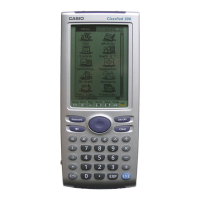
